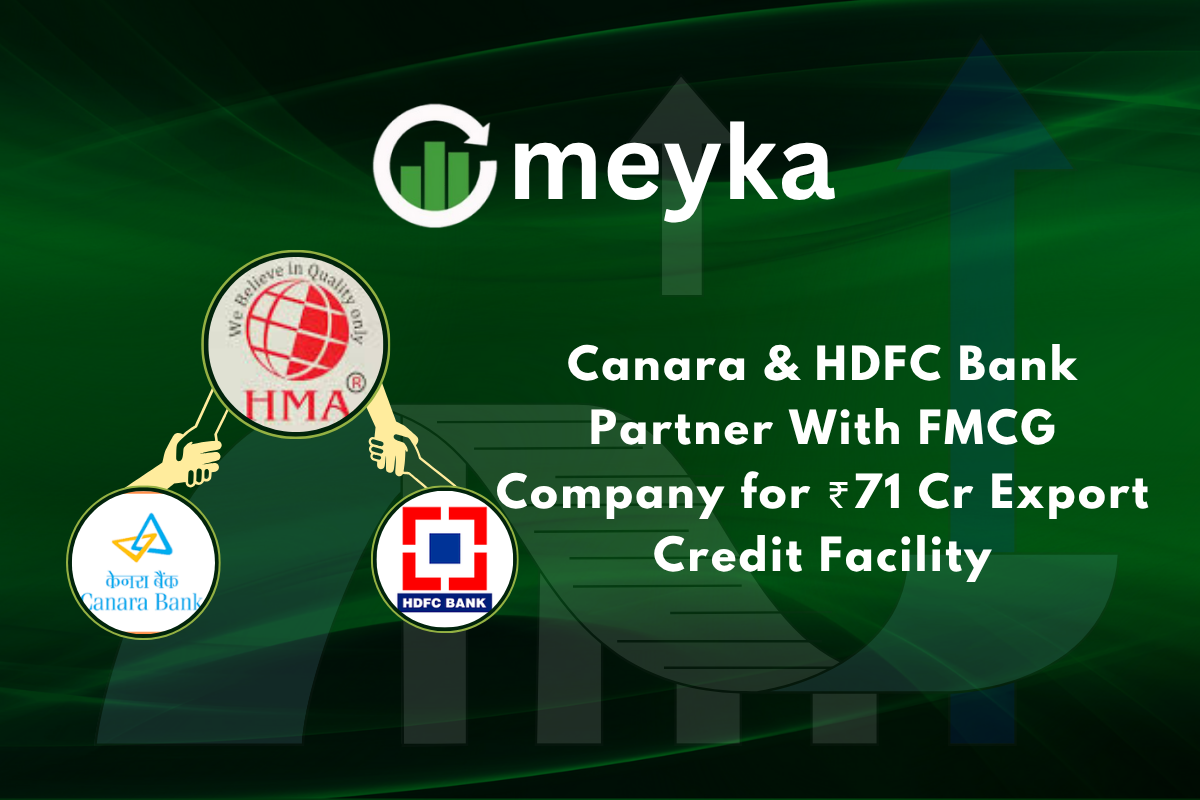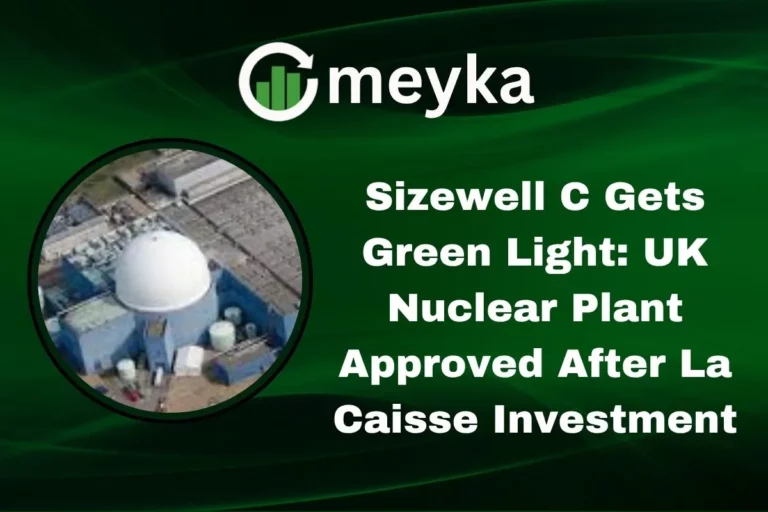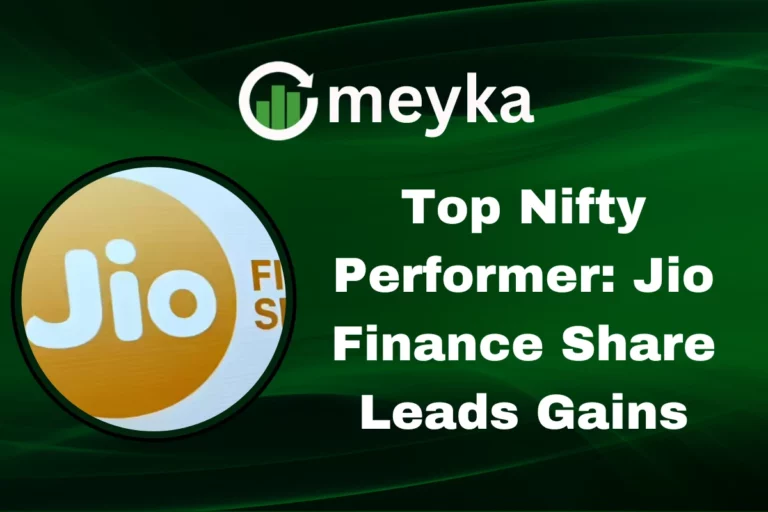Canara & HDFC Bank Partner With FMCG Company for ₹71 Cr Export Credit Facility
On 1 November 2025, the board of HMA Agro Industries Ltd. approved a major funding boost, a ₹71 crore export credit facility tied to Canara Bank, along with support from HDFC Bank for commercial-card financing. This move will underpin the company’s export operations and ease its cash-flow pressures. The mix of export-credit and working-capital support gives the FMCG-industry player fresh firepower to expand overseas.
At a time when global demand is shifting, this kind of bank backing signals confidence in the company’s growth path. For readers and investors, it’s a tale of how banking, exports, and production link up to enable scale and stability.
Background on the Parties and Recent Filings
HMA Agro Industries Ltd. is the FMCG firm at the centre of this deal. The company makes packaged food products and sells them in domestic and overseas markets. On 1 November 2025, HMA Agro’s board approved export-credit and working-capital facilities from Canara Bank and a commercial-card programme with HDFC Bank. The Canara package is about ₹70-71 crore, and HDFC Bank’s commercial card facility is ₹1 crore. These approvals were announced in the company’s board disclosures to the exchanges.
Canara Bank is a large public-sector lender with a long record of export finance products. Its services include export packing credit and foreign bills discounting. HDFC Bank is a private lender known for corporate cards and working-capital solutions. Both banks offer products that match the needs of an FMCG exporter moving to scale. HMA Agro has posted profit growth in FY25, which makes the timing sensible.
Facility Structure and what it means in Practice?
The Canara Bank package is structured to support both pre-shipment and post-shipment needs. Export Packing Credit (EPC) will fund manufacturing and packing before goods leave India. Foreign Bills Discounting (FBD) will convert exported receivables into cash quickly.
A Credit Exposure Limit (CEL) will act as an overall cap across the lines. HDFC Bank’s commercial card will cover day-to-day trade costs and smaller vendor payments. Together, the facilities reduce cash-flow gaps that often slow exports. The board approved these steps on 1 November 2025, as part of a push to boost overseas sales.
Strategic Rationale for the Financing
Export growth needs working capital. Factories must buy raw materials and pack goods weeks before payment arrives. Short-term finance fills this gap. The ₹70-71 crore canopy gives HMA Agro room to accept larger export orders. The commercial card eases routine spending and speeds supplier payments. Banks get interest income and a stronger client. For the company, the deal is not just money. It is a signal that lenders trust its export plans and cash flow.
Market and Financial Impact on the Company
In the short term, the facilities should improve liquidity. Better liquidity helps meet export schedules. This can lower late-delivery risks and protect client relations overseas. In the medium term, consistent export performance may raise top-line growth and diversify revenue streams. Financing costs will add to operating expenses.
The net effect on margins depends on the volume and price of export orders captured using the credit. Investors typically watch how soon financed orders convert to real sales. HMA Agro’s recent financials, which show improved profits in FY25, provide some cushion as these lines get used.

Operational Steps and Likely Timeline
After board approval on 1 November 2025, the company will move to finalise documentation with the banks. Loan covenants, interest rates, and disbursement triggers will follow standard bank practice for export finance. Once the paperwork is complete, EPC funds can be drawn to start production for confirmed orders.
Foreign bills discounting becomes available as shipments leave port and documents are presented. The commercial card should be ready faster, since it is typically issued after a short vetting process. Market watchers will look for the first quarter of funded exports to judge success.
Broader Context: Export Finance and the FMCG Sector in India
Indian banks have refocused on trade and export finance as global demand recovers. The government and export credit insurers have maintained schemes to support exporters. For FMCG firms, export-led growth is attractive because it spreads market risk and can lift volumes. However, exporters face currency swings and trade friction.
Sound export finance reduces some of these risks by smoothing cash flow and allowing companies to lock in production schedules. Banks that back credible exporters help the wider export ecosystem by enabling predictable manufacturing cycles.
Risks and Caveats to Watch
Financing exposes the company to interest-rate cost. A rise in borrowing rates will raise the financing bill. Foreign-exchange volatility can cut margins on exported shipments. The facilities are only useful if export orders actually arrive.
Execution risk remains: converting better credit into higher export sales takes sales effort, reliable logistics, and demand in destination markets. Lenders may also attach covenants that restrict other corporate moves until payments stabilise. Close monitoring of working capital days and trade receivables will be critical.
Conclusion and Next Signals to Track
The board sign-off on 1 November 2025 moves HMA Agro from planning to execution. If export volumes rise and receivables shorten, the financing will show success. Key signals for investors and analysts include first funded shipment dates, utilisation rates of EPC and FBD lines, and any public comments from the banks.
For market research, one can also run the company’s updated cash-flow metrics through an AI research analysis tool to model the financing impact on margins and leverage. Early results in the coming quarters will show whether this credit push translates into steady export growth.
Frequently Asked Questions (FAQs)
On November 1, 2025, HMA Agro approved a ₹71 crore export credit facility with Canara Bank to support its export operations and improve working capital efficiency.
Canara Bank is offering export and working-capital loans, while HDFC Bank approved a ₹1 crore commercial card facility to help manage daily trade expenses efficiently.
The credit will provide steady cash flow, faster supplier payments, and help HMA Agro handle more export orders, strengthening its presence in global markets in 2025.
Disclaimer: The content shared by Meyka AI PTY LTD is solely for research and informational purposes. Meyka is not a financial advisory service, and the information provided should not be considered investment or trading advice.






